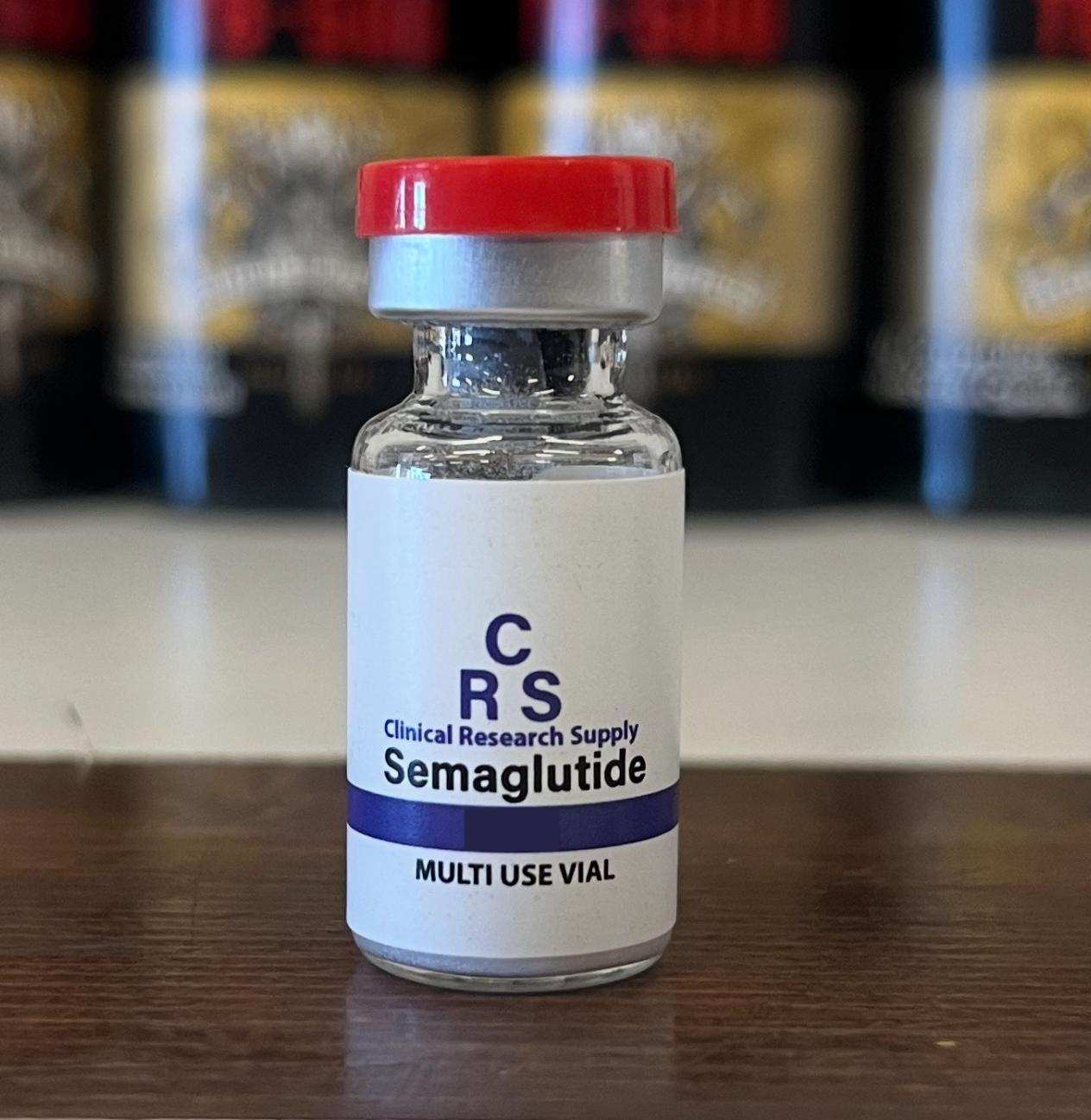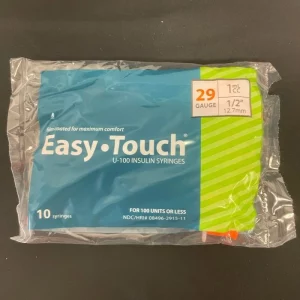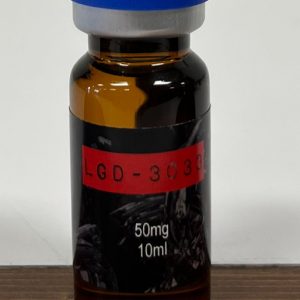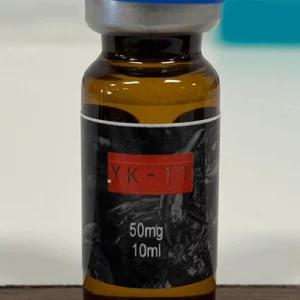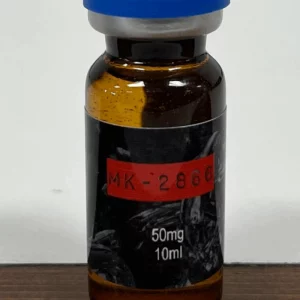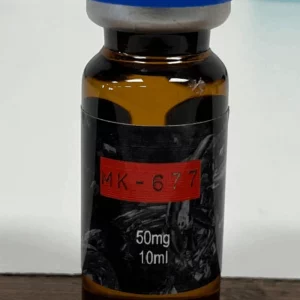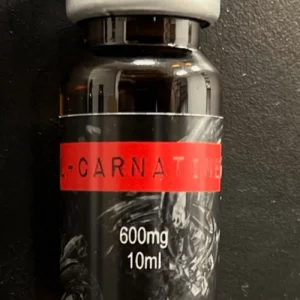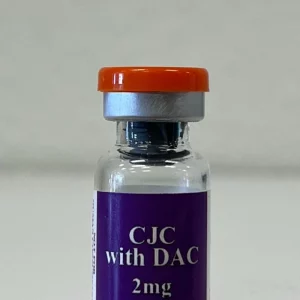Semaglutide GLP-1 Injection Vial (5mg, 10mg)
$149.99 – $749.97Price range: $149.99 through $749.97
Semaglutide is a GLP-1 receptor agonist originally developed for type 2 diabetes and obesity treatment. It is studied for its ability to regulate appetite, improve insulin sensitivity, and promote measurable weight reduction in clinical research.
Product Specifications
-
Compound: Semaglutide
-
Class: GLP-1 (glucagon-like peptide-1) receptor agonist
-
Form: Injectable vial
-
Available concentrations: 5mg and 10mg
-
Format: Multi-use vials for research study applications
Mechanism of Action
-
GLP-1 receptor binding – Activates receptors in the pancreas and brain to control blood glucose and appetite.
-
Insulin modulation – Enhances insulin secretion in response to elevated blood sugar.
-
Glucagon suppression – Reduces glucagon release, lowering hepatic glucose output.
-
Appetite regulation – Direct action on the hypothalamus decreases hunger signals.
-
Gastric emptying delay – Slows digestion, prolonging satiety.
Documented Research Outcomes
-
Weight Reduction
-
Studies show average 10–15% body weight loss in subjects using weekly semaglutide injections.
-
Example: A 90kg subject may record 9–13.5kg reduction across a 68-week trial.
-
-
Blood Glucose Control
-
HbA1c reduced by 1.5–2.0% in type 2 diabetes patients over 6 months.
-
Lower risk of hypoglycemia compared to sulfonylureas.
-
-
Cardiovascular Benefits
-
Clinical trials report 20%+ reduction in major cardiovascular events in at-risk populations.
-
-
Metabolic Improvements
-
Reduces liver fat infiltration.
-
Improves insulin sensitivity by measurable margins.
-
Comparative Notes: 5mg vs 10mg Vials
-
5mg vial: Typically used in lower-dose studies, dose titration, or short-duration trials.
-
10mg vial: Suitable for extended research requiring larger cumulative weekly administration.
-
Both formats are multi-use, allowing precise measurement for study-specific protocols.
FAQs:
1. What is Semaglutide?
Semaglutide is a GLP-1 receptor agonist investigated for type 2 diabetes management, obesity treatment, and metabolic research.
2. What is the difference between 5mg and 10mg vials?
The 5mg vial supports lower-dose titration protocols, while the 10mg vial accommodates longer research cycles or higher cumulative dosages.
3. How does Semaglutide promote fat loss?
It reduces appetite, delays gastric emptying, and lowers energy intake. This produces measurable 10–15% reductions in total body weight in clinical trials.
4. What is the half-life of Semaglutide?
Semaglutide has a half-life of ~7 days (165 hours), making weekly injections possible in research models.
5. How fast does Semaglutide work in studies?
Clinical subjects report noticeable reductions in appetite within 2 weeks, with significant body weight changes appearing by 8–12 weeks.
6. Does Semaglutide lower blood sugar?
Yes. HbA1c reduction of 1.5–2.0% is consistently documented in type 2 diabetes research.
7. Can Semaglutide reduce cardiovascular risk?
In the SUSTAIN-6 trial, semaglutide reduced major cardiovascular events by 20–26% in high-risk populations.
8. What are the main clinical benefits of Semaglutide?
-
Weight loss
-
Blood glucose regulation
-
Reduced cardiovascular risk
-
Appetite control
-
Improved insulin sensitivity
9. What are possible side effects observed in research?
Most common: nausea, vomiting, and gastrointestinal discomfort. These effects typically diminish after 4–6 weeks of continued dosing.
10. How is Semaglutide different from other weight-loss compounds?
Unlike stimulants (e.g., clenbuterol) or SARMs, Semaglutide modifies appetite signaling and metabolic hormones rather than directly stimulating muscle or fat receptors.
11. Is Semaglutide a peptide or hormone?
It is a peptide-based GLP-1 analog, structurally similar to the natural incretin hormone GLP-1 but engineered for longer half-life and stability.
| Selection |
5mg ,10mg ,5mg Buy 3 Get 1 Free ,10mg Buy 3 Get 1 Free |
|---|

